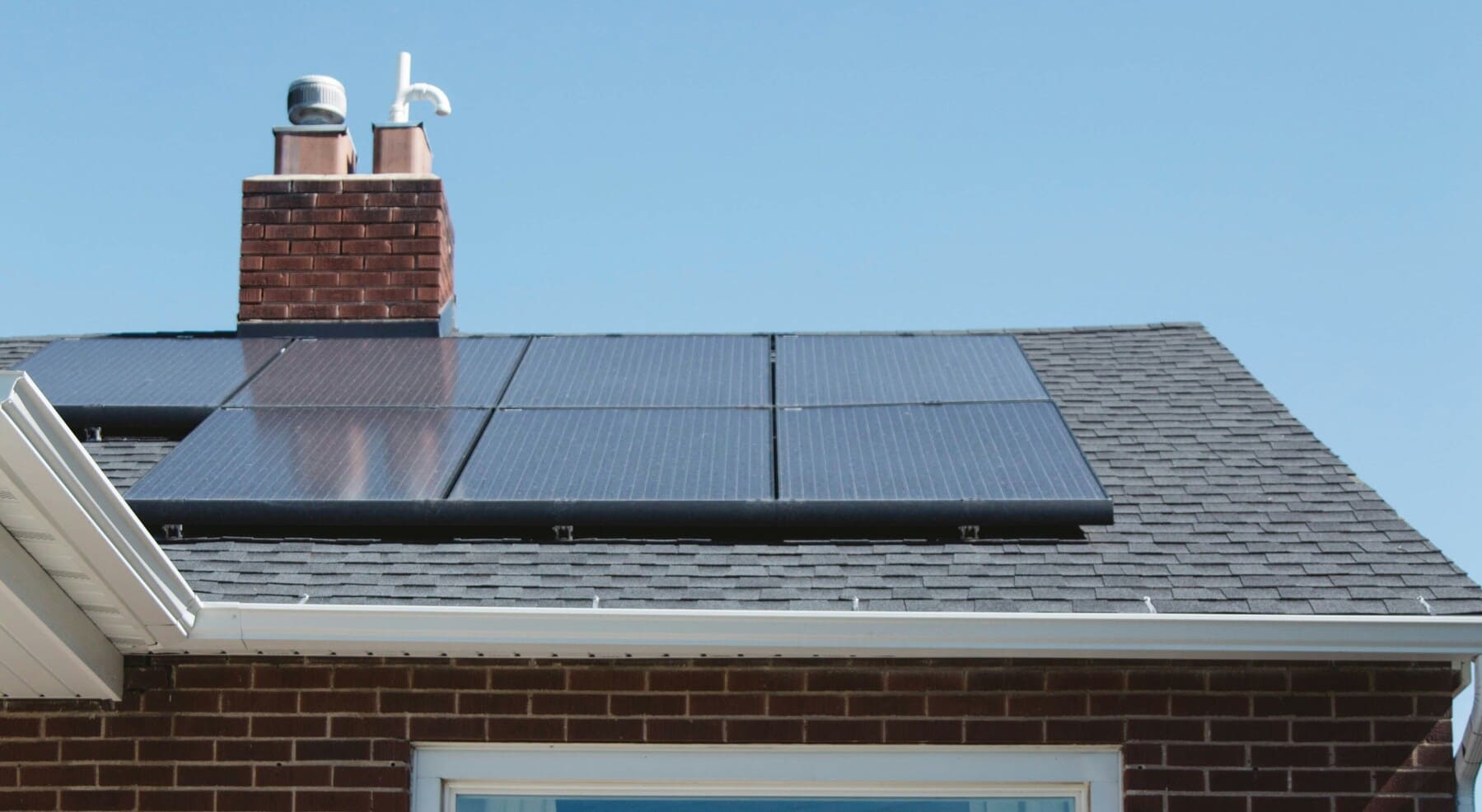Living off the grid has become an increasingly popular lifestyle choice for those seeking independence, sustainability, and a closer connection to nature. An essential aspect of off-grid living is the electrical system that powers your home. This post will explore what off-grid electrical systems are, the components involved, and how much energy is needed to keep a small house running efficiently.
Understanding Off-Grid Electrical Systems
An off-grid electrical system operates independently of the public utility grid. It generates, stores, and manages electricity locally, allowing a household to function without relying on external power sources. These systems are particularly appealing for remote locations, eco-friendly living, or simply reducing dependency on conventional energy infrastructure.
Key Components of an Off-Grid Electrical System
- Power Generation: The primary sources of power generation for off-grid systems include solar panels, wind turbines, and sometimes micro-hydro systems. Solar panels are the most common due to their versatility and declining cost.
- Battery Storage: Batteries store the electricity generated by your power sources for use when production is low (e.g., nighttime or cloudy days). Lithium-ion batteries are popular for their efficiency and long lifespan, though lead-acid batteries are also used due to their lower initial cost.
- Inverter: An inverter converts the direct current (DC) electricity stored in the batteries to alternating current (AC), which is the standard form of electricity for household appliances.
- Charge Controller: This device regulates the voltage and current coming from the power generation sources to ensure the batteries charge efficiently and safely.
- Backup Generator: Many off-grid systems include a backup generator (often powered by diesel, propane, or natural gas) to provide power during extended periods of low renewable energy production.
Determining Your Power Needs
To design an effective off-grid electrical system, you must first determine your household’s energy consumption. This involves calculating the total wattage of all electrical devices and their usage patterns. Here’s a step-by-step guide:
- List Your Appliances: Make a comprehensive list of all electrical devices you plan to use, including lighting, refrigeration, heating, cooking appliances, electronics, and other utilities.
- Calculate Daily Usage: For each device, note its wattage and estimate the number of hours it will be used per day. Multiply these numbers to find the daily watt-hour consumption for each device.
- Sum It Up: Add up the daily watt-hour consumption of all devices to determine your total daily energy needs.
Example Calculation
Consider a small house with the following devices:
- LED Lights: 10 lights at 10 watts each, used for 5 hours per day
- Refrigerator: 150 watts, running for 24 hours per day
- Laptop: 50 watts, used for 5 hours per day
- TV: 100 watts, used for 4 hours per day
- Microwave: 1000 watts, used for 0.5 hours per day
Daily Energy Consumption:
- LED Lights: 10 lights x 10 watts x 5 hours = 500 watt-hours
- Refrigerator: 150 watts x 24 hours = 3600 watt-hours
- Laptop: 50 watts x 5 hours = 250 watt-hours
- TV: 100 watts x 4 hours = 400 watt-hours
- Microwave: 1000 watts x 0.5 hours = 500 watt-hours
Total Daily Energy Consumption: 500 + 3600 + 250 + 400 + 500 = 5250 watt-hours (5.25 kWh)
Designing Your Off-Grid System
With your daily energy consumption calculated, you can design an off-grid system tailored to your needs.
- Solar Panels: Determine the number of solar panels required. Assuming each panel produces 300 watts and gets 5 peak sun hours per day:
- Total daily production per panel: 300 watts x 5 hours = 1500 watt-hours
- Number of panels needed: 5250 watt-hours / 1500 watt-hours per panel ≈ 4 panels
- Battery Storage: To ensure you have enough stored energy for periods without sunlight, calculate your battery storage needs. A general rule is to store at least 2-3 days of energy.
- Total storage needed: 5.25 kWh/day x 3 days = 15.75 kWh
- If using 12V 200Ah batteries: 12V x 200Ah = 2.4 kWh per battery
- Number of batteries needed: 15.75 kWh / 2.4 kWh per battery ≈ 7 batteries
- Inverter and Charge Controller: Choose an inverter that can handle your peak load and a charge controller suitable for your solar panel array.
Cost Considerations
The cost of setting up an off-grid electrical system can vary significantly based on your location, the quality of components, and labor costs. As of 2024, a rough estimate for a small off-grid system (including solar panels, batteries, inverter, and charge controller) might range from $10,000 to $30,000. Adding a backup generator can increase the cost by another $2,000 to $5,000.
Final Thoughts
Transitioning to an off-grid electrical system requires careful planning and investment, but the rewards are significant. Not only do you gain energy independence, but you also contribute to a more sustainable and environmentally friendly lifestyle. By understanding your energy needs and the components of an off-grid system, you can design a setup that keeps your small house running smoothly and efficiently.

